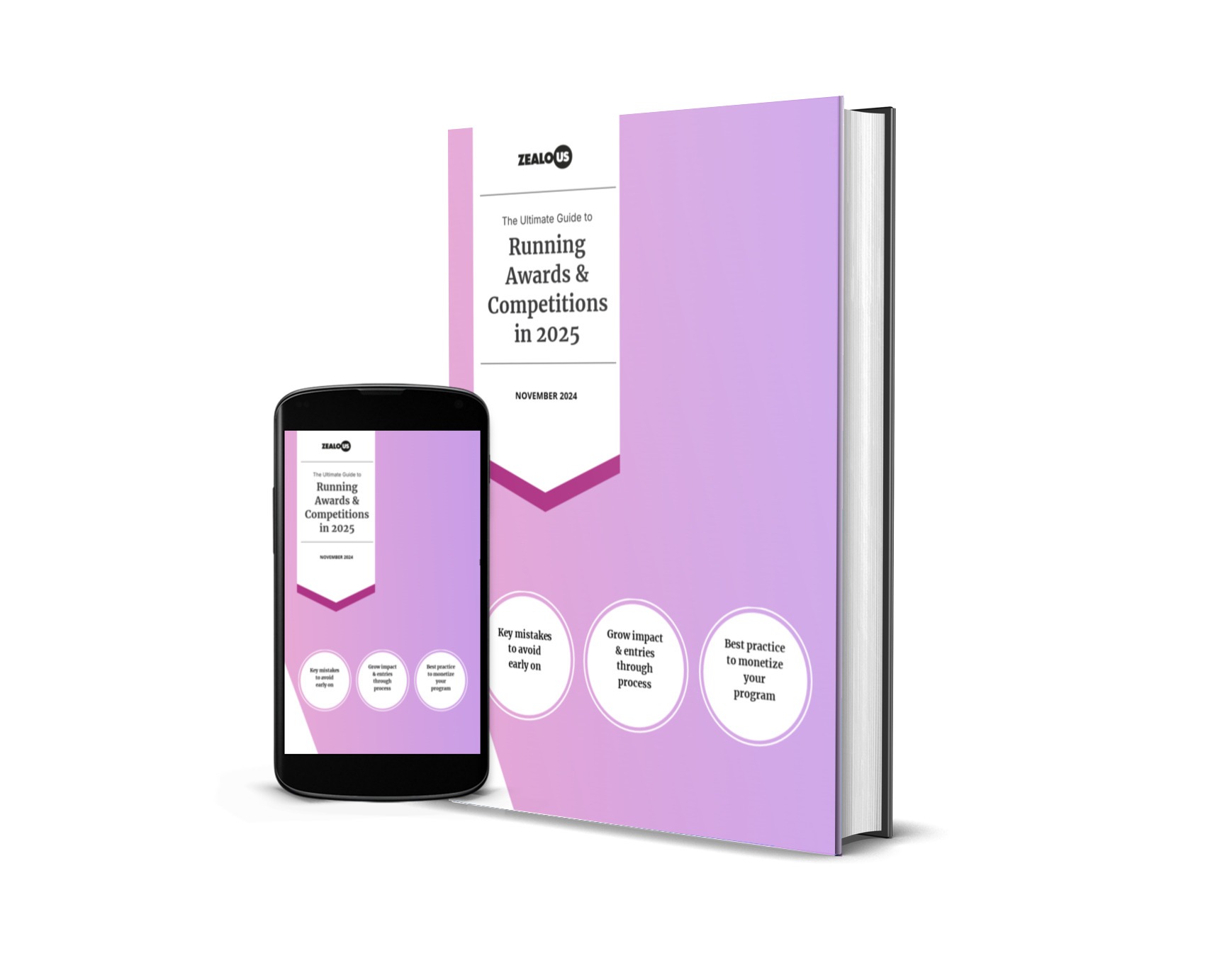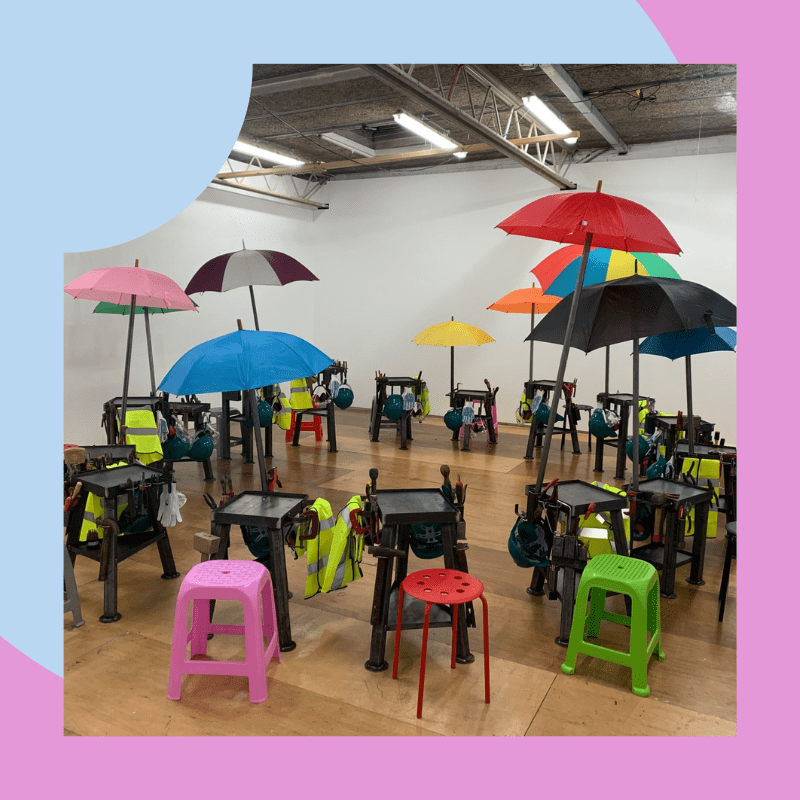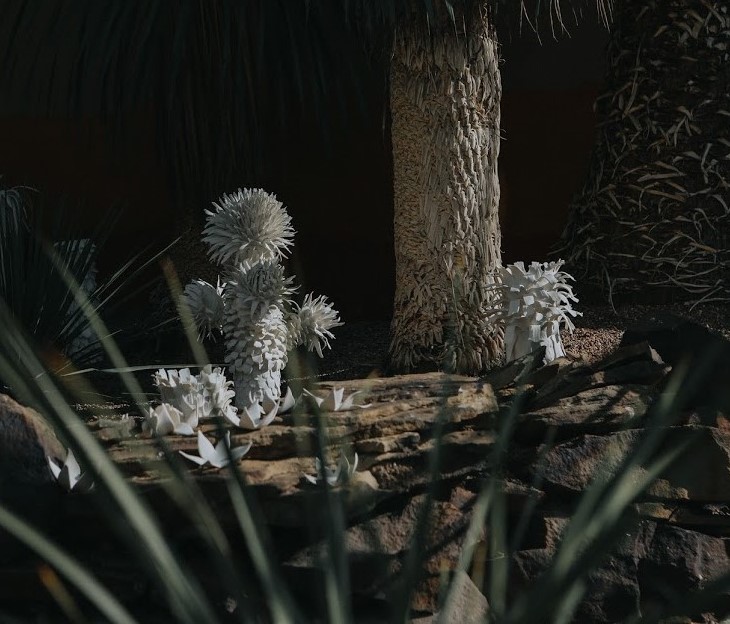
Congratulations on winning Zealous Stories Craft! Ghosts in the Graveyard addresses climate change -how is this translated through your work?
In 2019 when forest fires were raging and record temperatures were reached in Australia, it was an environmental disaster that I hoped global leaders could not ignore. My own response was one of frustration and helplessness. From those feelings I wanted to produce a body of work that highlighted the problem of global warming. I had been studying the yucca species of plants, as there is a national collection housed in the yuccary at Renishaw Hall, where my studio is based. I became fascinated by the yucca plant’s capacity to regenerate after forest fires and survive extreme weather conditions. This ability to adapt and survive was an inspirational message that I wanted to develop.
As I thought about how the installation would look, I knew that I wanted bleached out, ghostly, yucca inspired forms, haunting the living plants.
A common name for the yucca in Mexico is ‘ghost in the graveyard’ which comes from the high number of them growing wild in graveyards, where their large white flowers appear as ‘ghosts’ in the moonlight. This connection between death and the living, a haunting of spirits not at peace with how they departed the physical world is hopefully a thought provoking one.
You work with porcelain when creating your intricate floral sculptures, why is this your medium of choice?
I started working with porcelain in 2017 when I moved into my first studio as a full-time maker. It’s an incredibly difficult material to hand-build with as it is ‘short’ and has a narrow field of wetness within which it can be worked. It has none of the forgiveness of a hand-building clay like T-material. However, the marble-like finish, whiteness and ‘clean’ colour response to additions of stains or oxides all culminated in my not wanting to work with anything else. The pieces I make are incredibly fragile and delicate pre-firing, but after the transformation of extreme-heat and a high percentage shrinkage rate, the piece is much stronger than it appears.
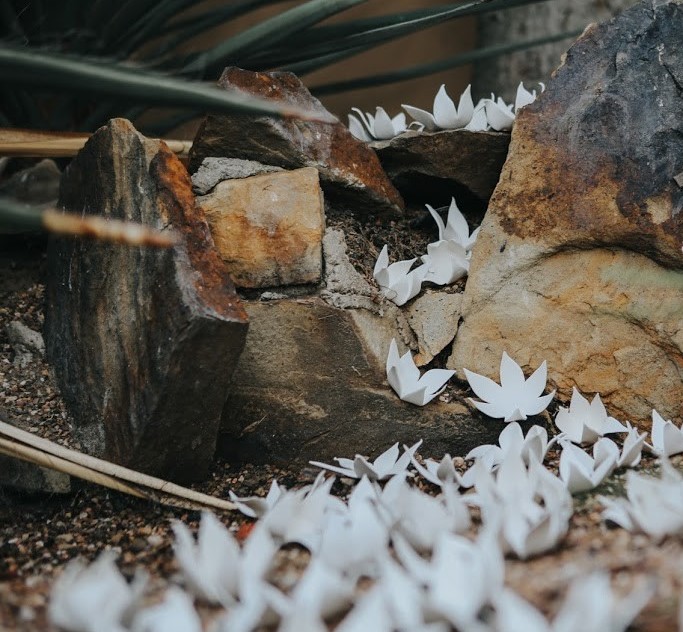
Your sculptures are built slowly from hundreds of repeatedly formed elements, it sounds very labour intensive – do you use any tools?
The most important part of the making process, for me, is the contact that I have with the clay. My hands are my most important tools. It is a slow and rhythmical way of building the work which I really enjoy. However, I have been working really hard at improving my throwing skills, so that the base forms of the sculptures can be thrown on the wheel in sections. This is quicker than if I coiled or slab-built them.
Could you talk us through the various elements of your installation / what they symbolise?
The main piece of the installation was a technically challenging, almost life-size tree that is in flower. Yucca flowers can be eaten and are considered a delicacy in Mexico. The tree therefore symbolises the symbiotic relationship humans can have with edible plants and a more sustainable way of living in harmony with the land.
There are four smaller trunk vessels in the installation. I was fascinated by the idea of the vessel representing women and particularly symbolising ‘Gaia’. This part of the installation celebrates women as nurturers and life-givers.
There is a smaller sculpture, set amongst the vessels, that was inspired by the ‘Joshua tree’ (Yucca Brevifolia). A group of Mormon settlers who were crossing the Mojave desert, are said to have given the plant it’s common name with reference to a bible story where Joshua extends his hands for a long period to help the Israelites. This crucial relationship between humans and plants seems particularly relevant at the moment.
There are also 250 fallen, porcelain flowers scattered across the gravel in the yuccary. These flowers symbolise the habitat loss and the species that have become extinct as a result of human actions.
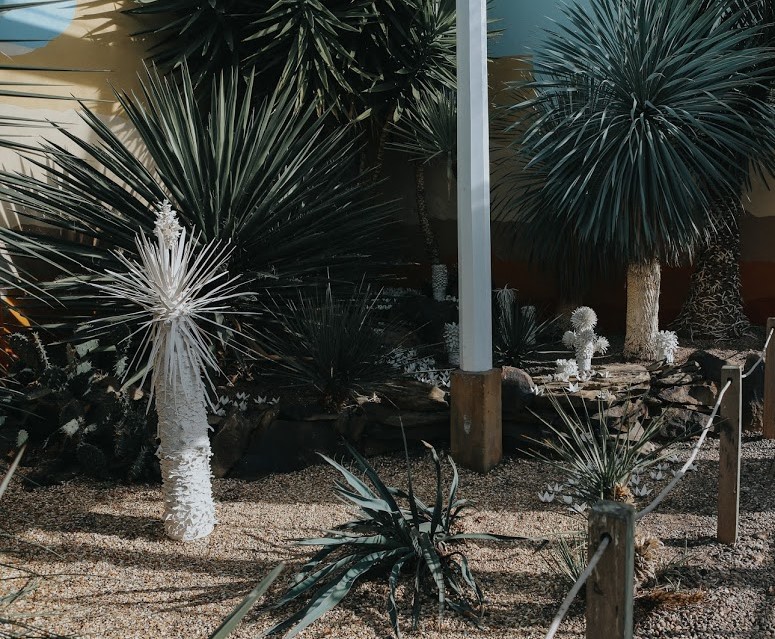
What is the main challenge you face working in craft? How do you overcome this?
Personally, I find keeping focused on business goals really hard – I am easily distracted and become incredibly engaged in just making. Also, finding the right audience for my work: it requires a lot of research, good networking skills, patience and persistence! I try to overcome all of these things by working hard and staying true to myself – it gives me a confidence and authenticity.
In what direction do you see your craft heading?
I feel as though I am constantly developing and tweaking my practise. The balance between delivering workshops and making will change undoubtedly next year, as I believe there is a greater need to offer classes as an opportunity for people to relax and find a creative outlet after such a stressful year. I think my work will become more feminist as I consolidate my own voice. I am incredibly passionate about empowering women. Craft binds women together in such a deep-rooted way and I thrive on that.
I would like to develop work in 2021 that symbolises the theme of aging. Particularly in terms of women, their perceived loss of ‘attractiveness’ and feelings of no longer being ‘seen’ or valued. I am inspired by poets and writers who use nature’s decay as a metaphor for the cycle of life.
Let us know you want us to write more content like this with a love!
Share
Authors


